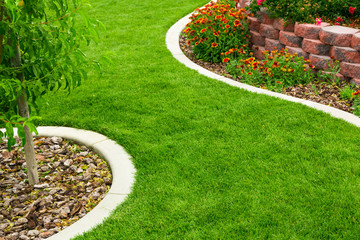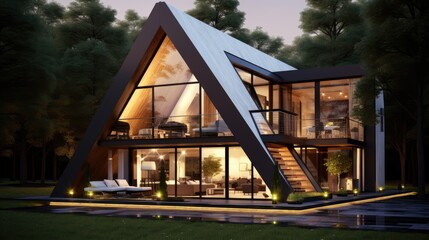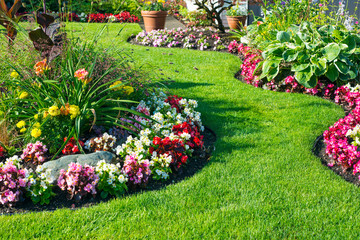Increase Your Home’s Curb Appeal With Landscape Lighting Installation
Landscape lighting is a simple but effective way to increase your home’s curb appeal, make it safer and more welcoming for guests, and deter thieves. It also increases your property value. Landscape lighting can be installed on either a newly-constructed or existing home. The installation cost depends on the fixtures you choose and the power source.

Landscape lighting is a great way to add both beauty and safety to your home. It can also highlight features of your garden or landscaping that you want to show off. The first step to planning a landscape lighting installation is determining your goals. Do you want a subtle glow or a dramatic impact? Read on to learn more about landscape lighting installation.
Next, you’ll need to consider the location of your lights. A good rule of thumb is to space lights between 6 and 10 feet apart, along walkways, gardens, shrubs, and the edge of your home.
You’ll also need to consider the type of bulbs you’re interested in using. You can choose from LED bulbs that use less energy and are designed to last longer than halogen or incandescent bulbs.
Depending on the size of your property, you may need to install a transformer as well. Transformers are used to safely run line voltage out to lower-voltage fixtures, such as solar lights or pond pumps.
Before you start, make a sketch of your landscape and decide how you plan to distribute your lights. This will help you to understand how many fixtures you need and what wattage you need for each light.
Choose a transformer that is larger than the total wattage of all the individual lights. For example, if you plan to install 5 lights each using 20 watts, you’ll need a 150-watt transformer.
Choosing the right voltage level will also help ensure that your lights look uniform and don’t prematurely burn out. Use a digital voltage meter to test each fixture for the correct level of voltage.
You’ll have a lot of choices for powering your landscape lights, including solar energy, battery, and hardwired systems. Which option you select will have a large impact on the cost of your installation. The choice can also affect how long the lights will stay on at night.
The fixtures used in a landscape lighting installation can make or break the overall look of your yard. They can highlight architectural features, draw attention to prized trees and plants, and illuminate walkways and driveways at night.
Fixtures come in a variety of shapes, sizes and styles, and can be purchased individually or in complete kits with transformers and wire. The main considerations when selecting a fixture include the bulb’s brightness, beam width and wattage usage.
A light’s housing protects the bulb from the elements and helps shape the beam. It can also be used to hold the fixture in place. It can also carry current to the bulb through its lead wires.
Lighting your landscaping not only gives your home a more inviting feel at night, but also increases its value and curb appeal. Professionally installed landscape lighting can have a return on investment of up to fifty percent, making it an ideal addition to any outdoor space.
Most landscape lighting systems include a series of light fixtures that shine into the ground to illuminate the surrounding area. Generally, they’re spaced 6 to 10 feet apart along walkways and garden beds, shrubs, or other features in your yard.
The spacing of your lights should be based on your design plan, but it’s often helpful to start by creating a sketch of the entire property. This will help you estimate distances for wire runs and give you a guideline to follow as you install the lighting.
A landscape lighting system should be able to reach every corner of your property and highlight the best elements of your landscaping. It should also be safe and functional for your family, friends, and guests to use.




